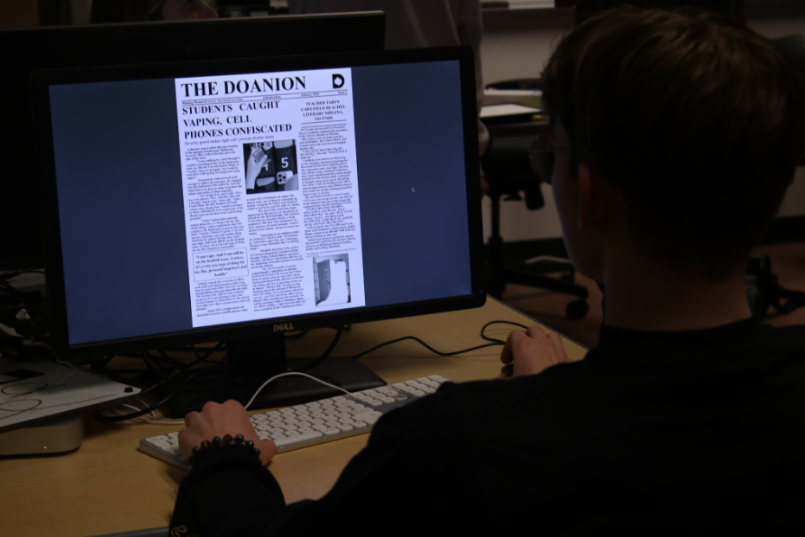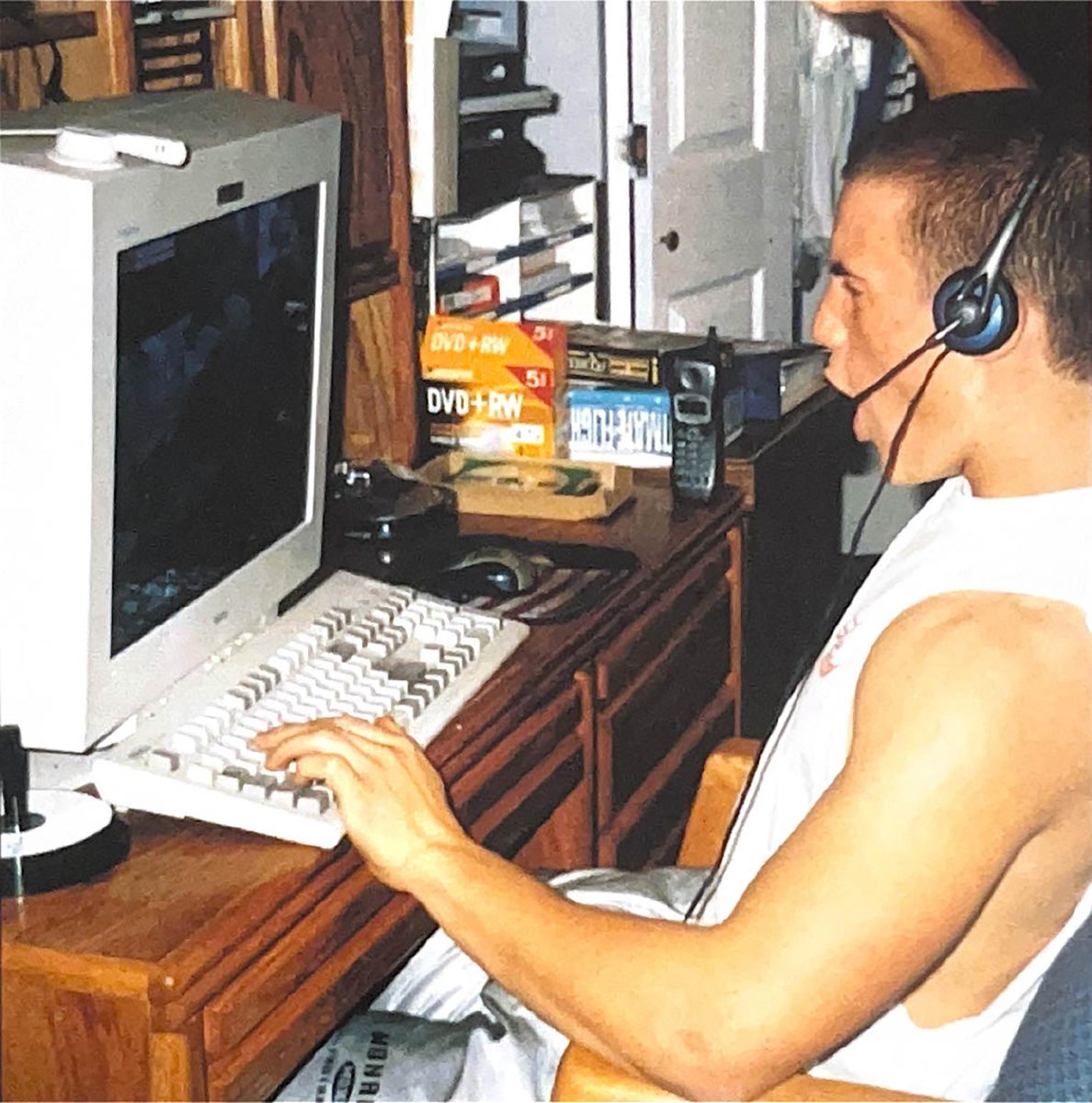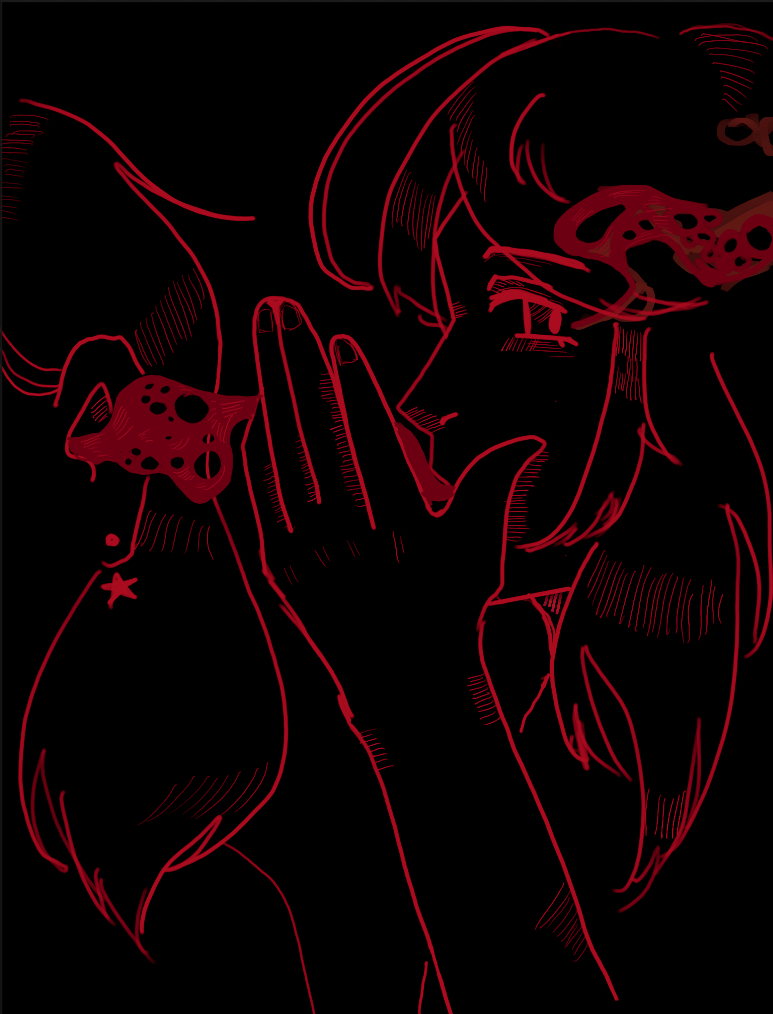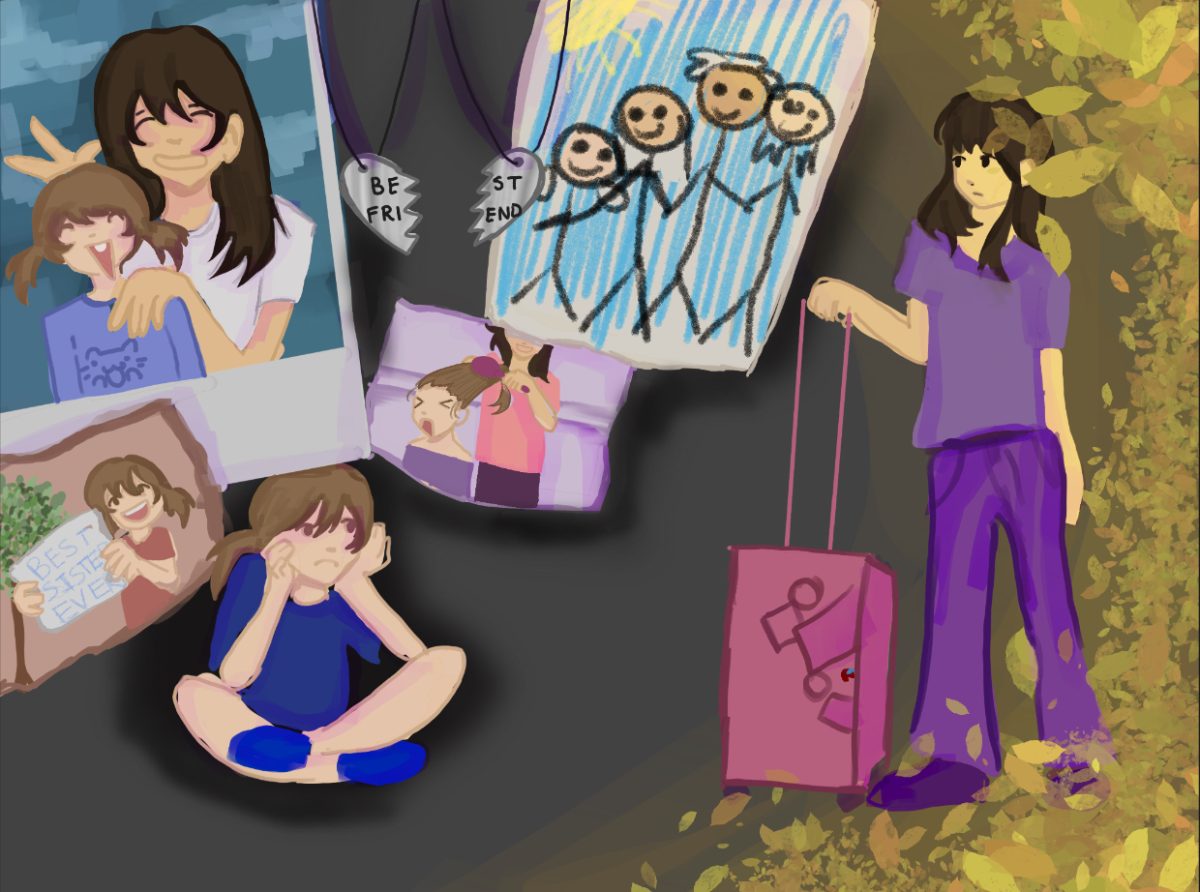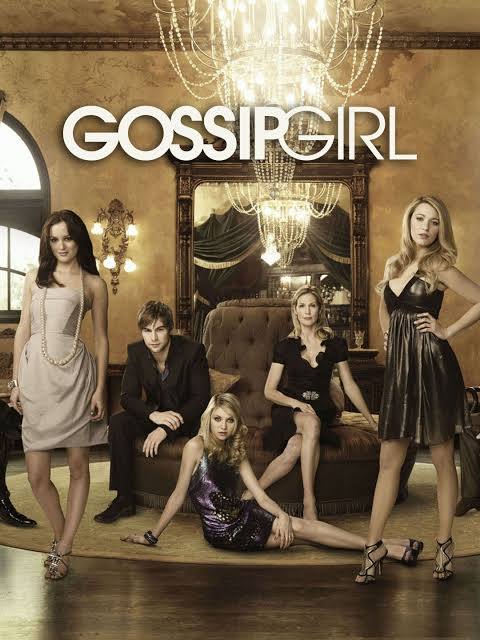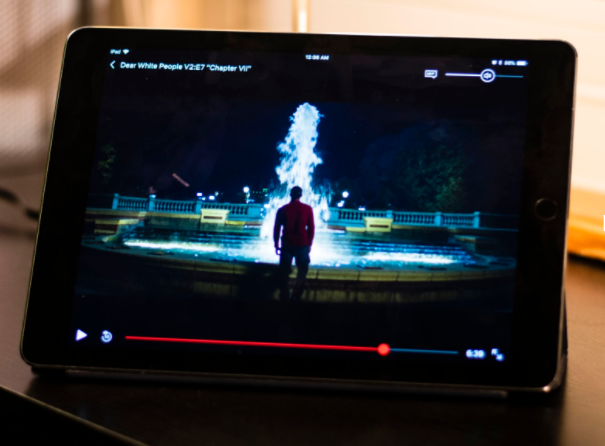Dear White People Volume II Review
The cinematography of season 2 continues to be excellent, as evidenced by this scene in which Troy has his epiphany at the fountain.
Last year, Netflix debuted the first season of the for-television version of Justin Simien’s Dear White People. After leaving the audience on an insane cliffhanger, the show is back again this year for round two.
Unlike most second seasons in this day and age, Dear White People’s second round was even better than the already stellar first, at least in my opinion. There was more going on, the stakes were higher, and there was more character development shown in each episode than almost all of season one. But the show doesn’t use standard plot devices to do this, like The Magicians on SyFy has a number of times (i.e. ‘the big bad villain was the beast. Now it’s gonna be gods. Now it’s gonna be super-gods’), as this negates everything that the characters went through in the previous season. Instead, Dear White People built on the struggles that the characters were already going through. Sam (played by Logan Browning) struggles with extreme internet trolling and the conflict that comes with being biracial and black-passing. Since Lionel (played by DeRon Horton) had embraced his sexuality in the last season, he discovers the issues within gay culture, including its exclusivity and toxicity. Meanwhile, Troy (played by Brandon P. Bell) dives into discovering himself as an individual and stepping out of the shadow his father has cast on him for so long. These are just a few of several struggles that Simien and his writers expand on in this series.
The cinematography in this show is still phenomenal. Continuing the very same centered, Wes-Anderson-esque compositions displayed in the first season, this current season takes things to a more sophisticated place. For example, the scene in Episode 7 when Troy has his epiphany at the fountain, as pictured above.
The centered composition and the framing, combined with the use of negative space bring together a feeling of isolation and balance that rings true visually throughout the rest of the show. Several visual themes are used in the show, paired with textbook examples of centered compositions. Season two brings the same thought-out cinematography to carry the narrative of the show.
Dear White People’s season two brings the same clever writing and production value introduced in its first season. At the time of writing this article, a season three has been neither confirmed nor denied, but the audience, including myself, eagerly awaits a third season.


